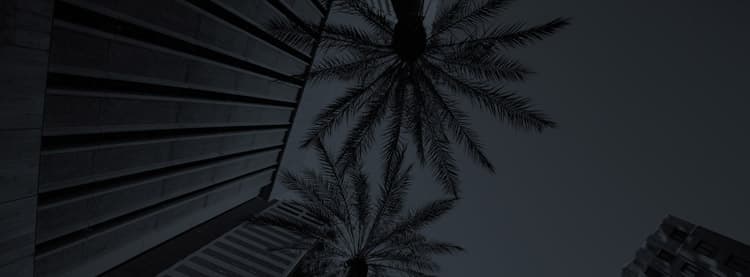Slip and fall incidents, along with trip and fall accidents, can lead to significant injuries for victims. This includes head injuries, broken or dislocated bones, severe sprains and strains, and even lacerations or puncture wounds. Preventing these types of injuries should be the priority, both for property owners as well as those who go on to another person’s property. Here, we want to review some of the top safety tips for preventing slip and fall accident injuries and the importance of contacting an injury lawyer in Phoenix if you’ve suffered an injury from a slip and fall.

Routine Maintenance and Inspection
Property owners should regularly check their premises for potential hazards that could lead to slip and fall accidents. This includes inspecting floors, staircases, and outdoor walkways for damage or wear and tear that may necessitate repairs. We encourage property owners who regularly have guests on their premises to create a system of daily inspections as part of the normal opening or closing routines.
Immediate Action on Spills
Spills should be cleaned up promptly to prevent slips. Employers and property managers should establish clear procedures for addressing spills, including the use of “Wet Floor” signs as temporary measures until the area is dry. Remember, one of the key provisions of a premises liability claim is establishing that the property owner knew or should have known about a hazardous condition. If you become aware of a spill or any other hazard and fail to remedy the situation promptly, you could be held liable for any injury that occurs.
Appropriate Flooring Materials
Installing anti-slip flooring materials in high-traffic or prone-to-wetness areas can significantly reduce slip and fall incidents. For existing surfaces, consider treatments to enhance grip and reduce slipperiness. As time goes on, you may notice that a particular type of surface on your premises creates a hazard. In these circumstances, you must take steps to replace the flooring or use some other type of fall-prevention method, including the use of grip tape.
Adequate Lighting
Ensure that all areas of the property, especially walkways, staircases, and entrances, are well-lit. Proper lighting helps individuals see where they are going and avoid potential hazards. Property owners should ensure that both the inside and outside of their premises are lit properly in order to prevent slip and fall incidents.
Wear Suitable Footwear
Individuals can reduce their risk of slipping by wearing shoes with good traction, especially in inclement weather or in environments known for slippery surfaces. Property owners can help invitees and licensees understand the best types of footwear for the environment.
Clutter-Free Environment
Keep floors and walkways free of clutter and obstacles that could cause trips. Regular housekeeping routines can significantly reduce the likelihood of accidents. Clutter can creep up on us. You may want to establish a system of daily or weekly checks to inspect pedestrian pathways for any clutter that could cause a slip or trip hazard.
Stair Safety
Stairs should have handrails, non-slip treads, and adequate lighting. Clearly marking the edge of each step can also help prevent missteps.
Education and Training
Property owners and employers should educate their staff and visitors about potential hazards and best practices for avoiding slip and fall accidents. This may include proper cleaning techniques, the importance of reporting hazards, and how to navigate the property safely.
